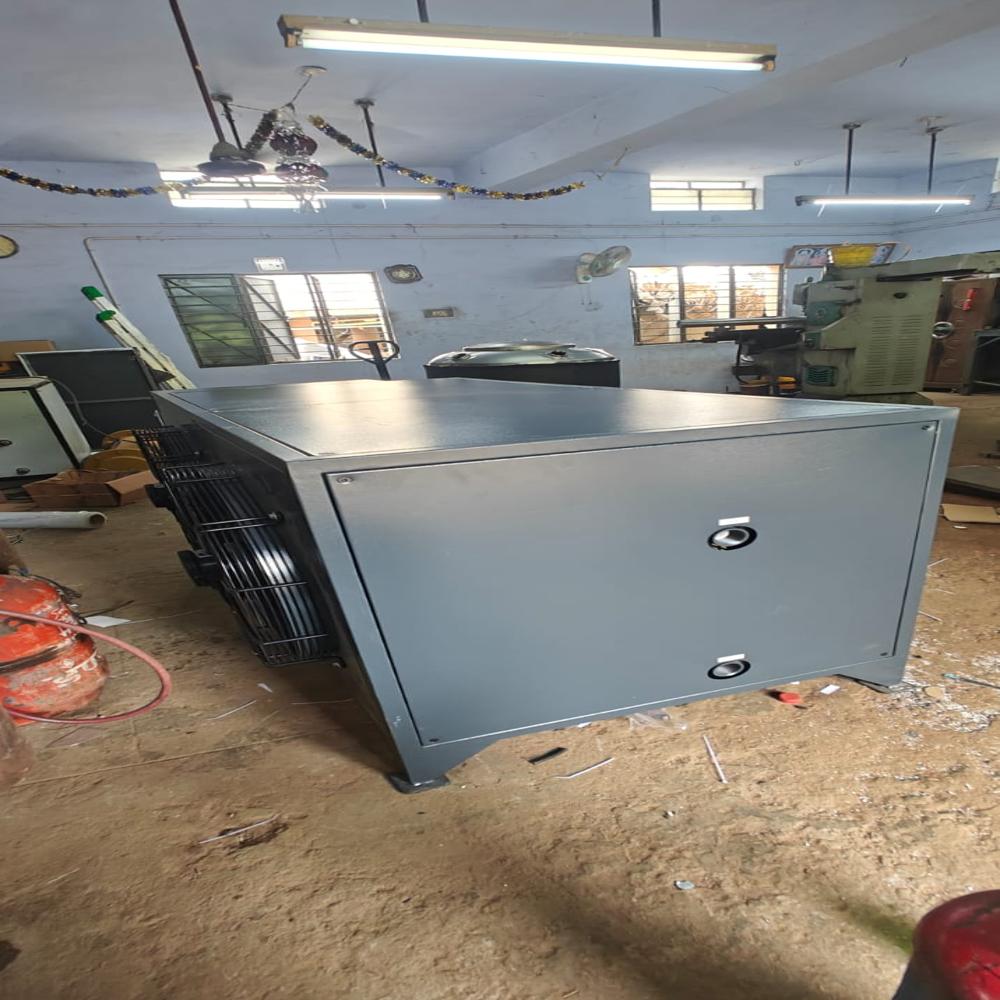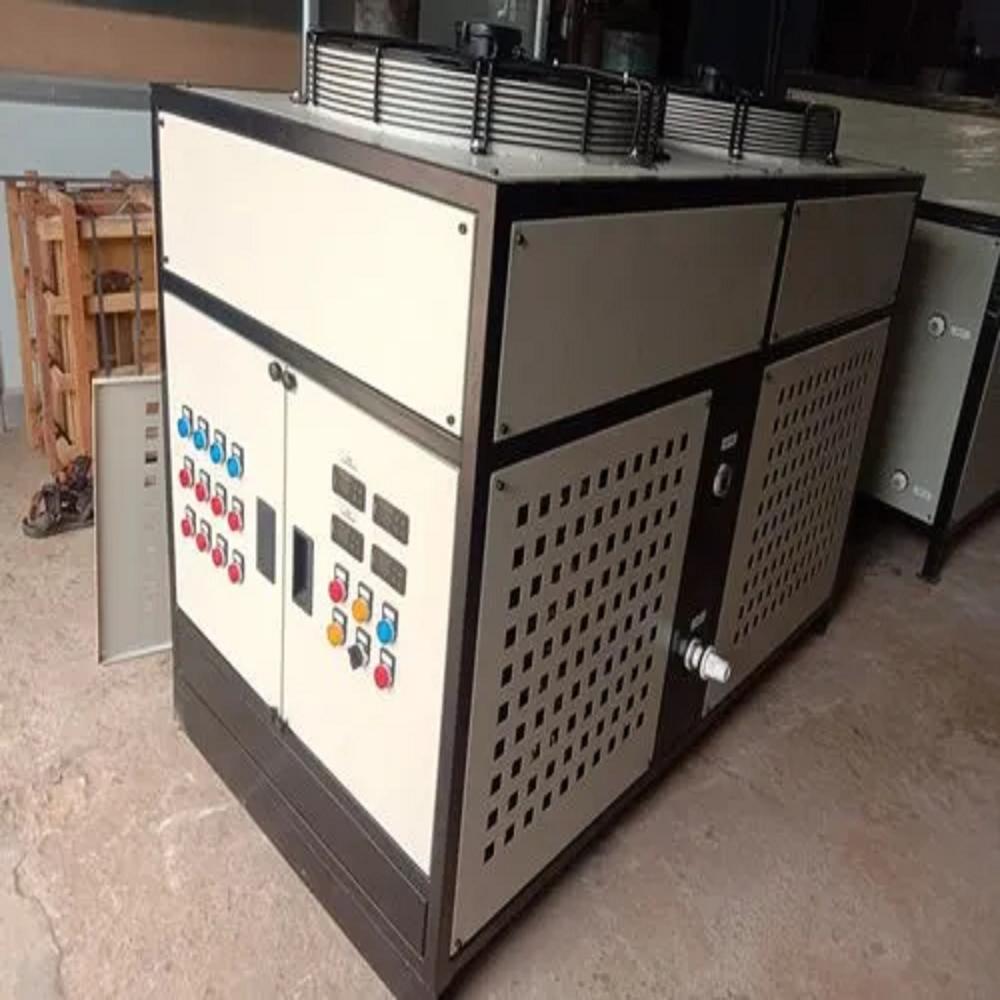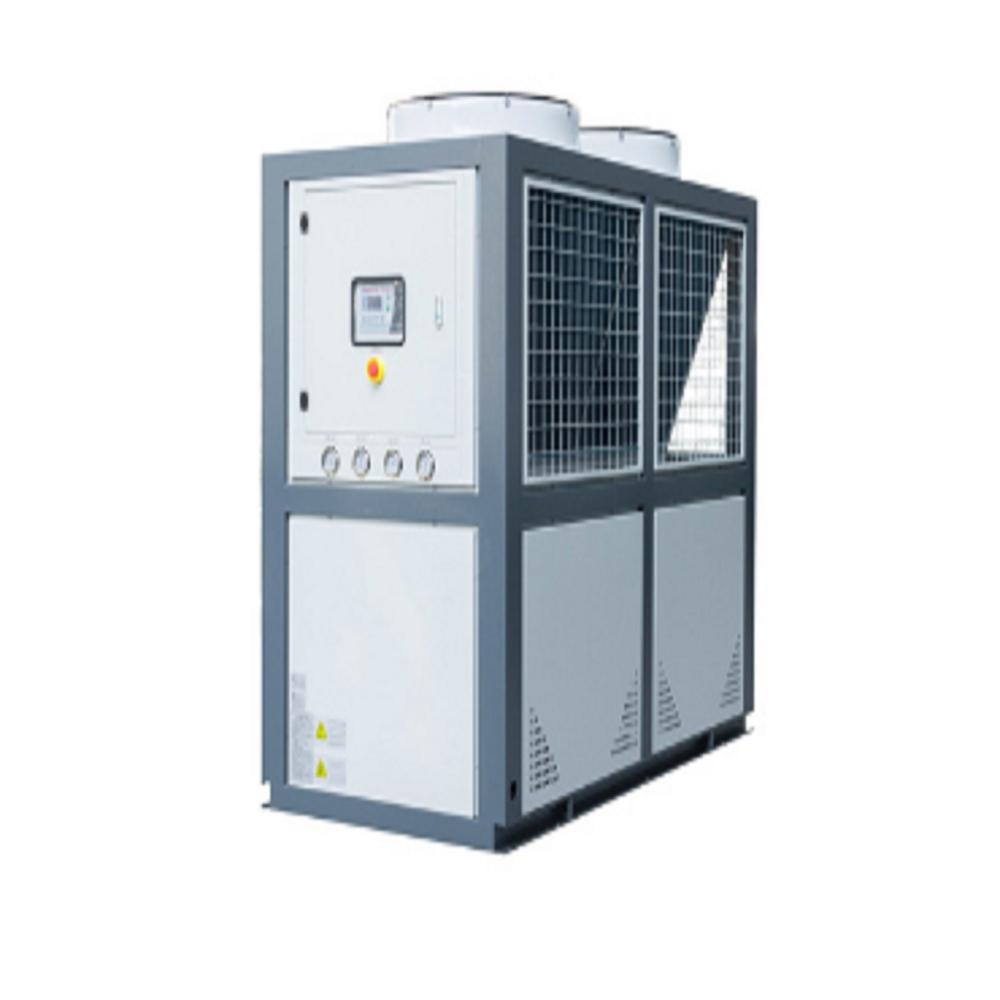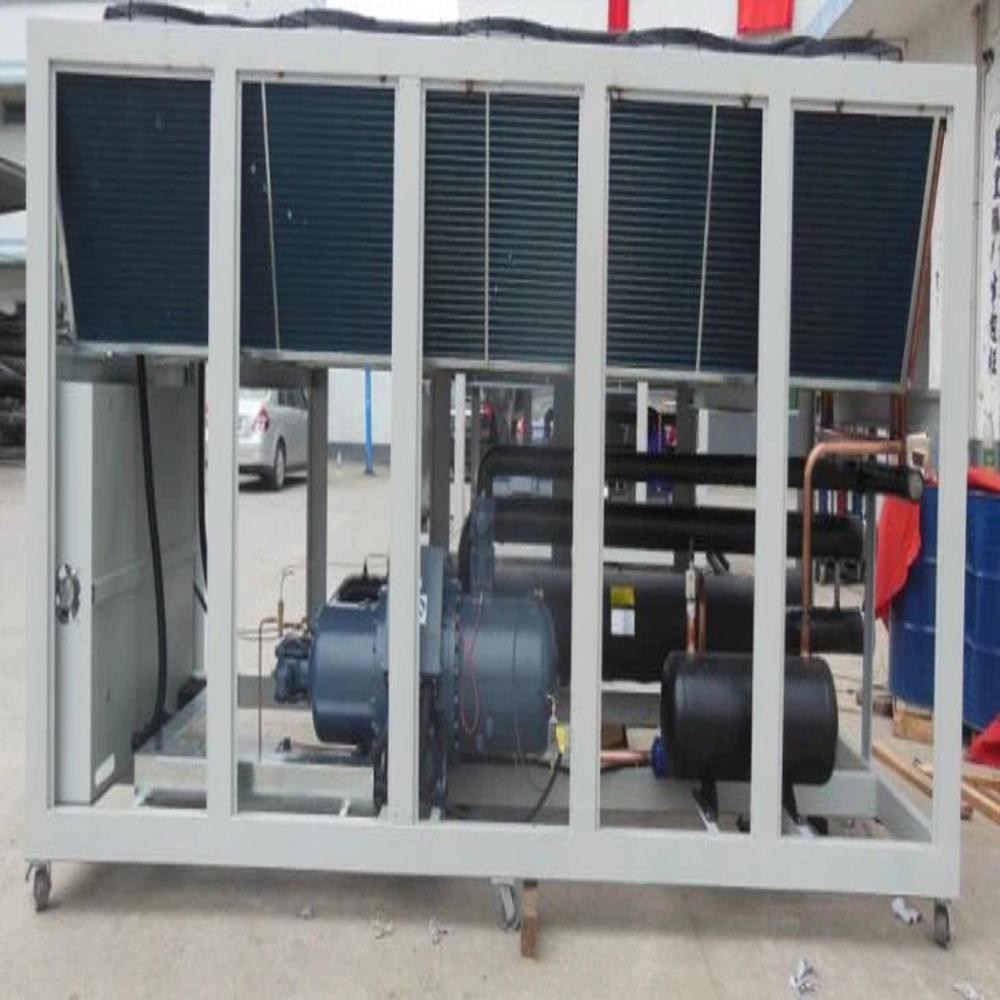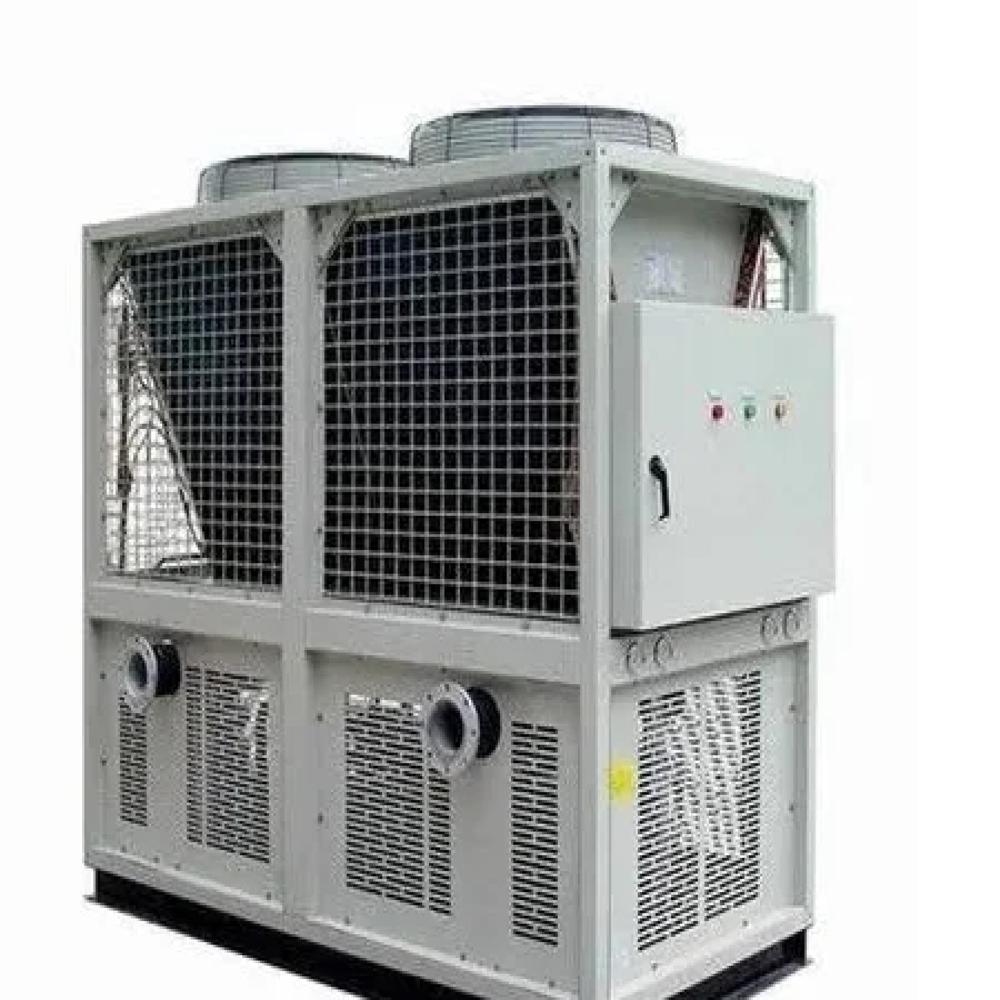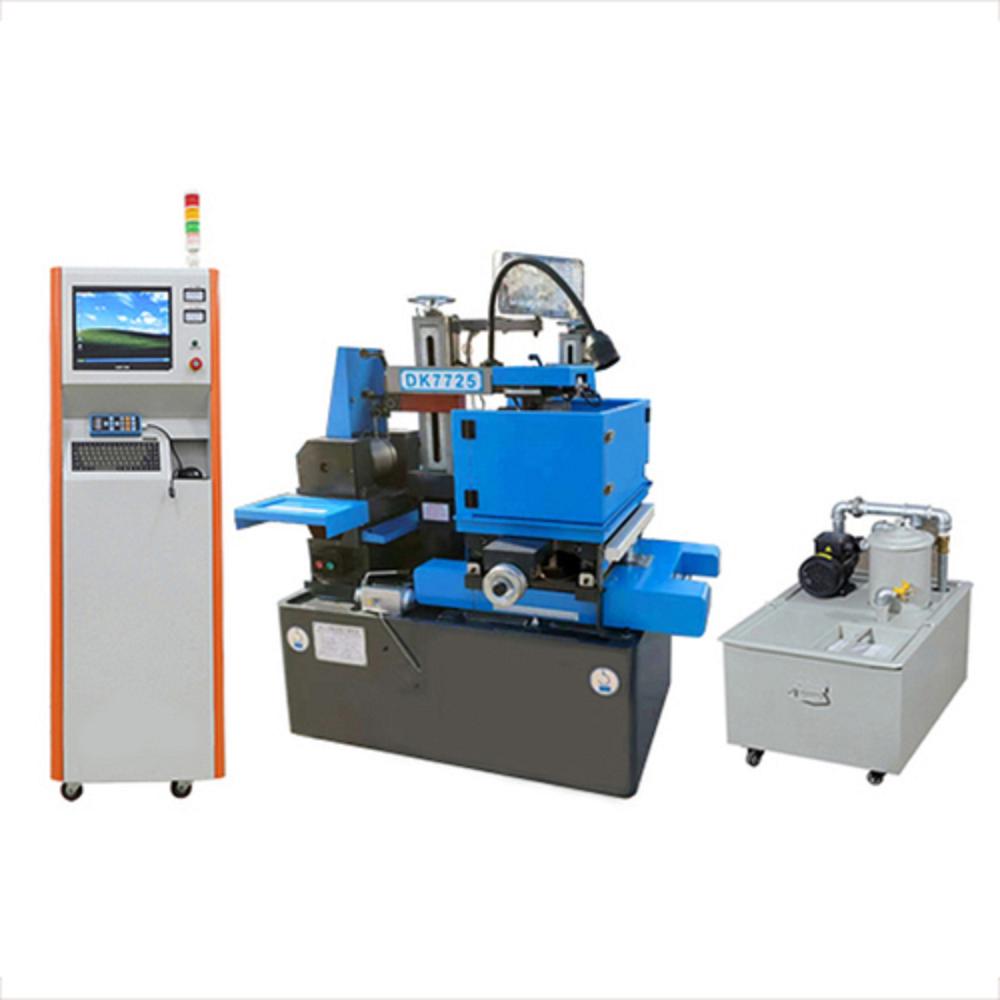7.5 TR AIR COOLED PROCESS CHILLER
295000.0 INR/Number
Product Details:
- Refrigerating Capacity 7.5 TR
- Application Cooling
- Condition New
- Type Chiller
- Power Supply Electrical
- Voltage 220/440 Volt (v)
- Cooling Type Air Cooled
- Click to View more
X
7.5 TR AIR COOLED PROCESS CHILLER Price And Quantity
- 295000.0 INR/Number
- 1 Number
7.5 TR AIR COOLED PROCESS CHILLER Product Specifications
- Electrical
- Chiller
- 7.5 TR
- Air Cooled
- Cooling
- New
- 220/440 Volt (v)
Product Description
A 7.5 TR (ton refrigeration) air-cooled process chiller is a cooling system that uses air to remove heat from a process, typically industrial or commercial applications. It utilizes an air-cooled condenser and a compressor (often scroll or reciprocating type) to circulate a refrigerant, which absorbs heat from the process fluid and releases it into the ambient air. This type of chiller is suitable when a readily available source of cooling water is not present or desired.
Key Features and Components:
- Cooling Capacity: 7.5 TR (equivalent to 90,000 BTU/hr or 26.38 kW).
- Cooling Type: Air-cooled, meaning it rejects heat to the surrounding air.
- Compressor: Typically a scroll or reciprocating compressor, responsible for circulating the refrigerant.
- Condenser: An air-cooled condenser, where the refrigerant releases heat to the air, usually with the aid of fans.
- Refrigerant: Commonly uses R-22, R-134a, or R-407C, but other refrigerants may be used depending on the specific model and application.
- Evaporator: A heat exchanger where the refrigerant absorbs heat from the process fluid, typically water.
- Piping and Controls: Includes piping for refrigerant and process fluid, as well as safety interlocks, temperature controllers, and other control components.
How it Works:
-
The compressor increases the pressure and temperature of the refrigerant vapor.
-
The high-pressure, high-temperature refrigerant flows to the air-cooled condenser, where fans blow air over the condenser coils, causing the refrigerant to condense into a liquid and release heat to the air.
-
The liquid refrigerant passes through an expansion valve, which reduces its pressure and temperature.
-
The low-pressure, low-temperature refrigerant flows to the evaporator, where it absorbs heat from the process fluid (e.g., water) and evaporates into a vapor.
-
The refrigerant vapor returns to the compressor, completing the cycle.
Applications:
- Industrial processes requiring precise temperature control, such as manufacturing, injection molding, and chemical processing.
- Commercial applications like data centers, hospitals, and laboratories.
- Suitable for environments where a water source for cooling is not readily available or practical.
Advantages:
-
Air-cooled chillers are ideal for locations with limited or no access to cooling water.
-
They eliminate the need for water for cooling, saving water resources.
-
Air-cooled chillers are generally easier to install compared to water-cooled chillers.
-
They may require less maintenance than water-cooled systems due to the absence of cooling towers and related components.
Tell us about your requirement

Price:
Quantity
Select Unit
- 50
- 100
- 200
- 250
- 500
- 1000+
Additional detail
Mobile number
Email

